We’re lining things up for a relaxed stint in the shaping room at G&S/Custom Surf Glass. There may be an opening or two, so holler at me.

We’re lining things up for a relaxed stint in the shaping room at G&S/Custom Surf Glass. There may be an opening or two, so holler at me.

Well the Feb/Mar trip was really good. Completed all my orders, and few for Bird’s Surf Shed. Special thanks to the Gordons and the amazing crew at Custom Surf Glass/G&S for making me look good. Also thanks to Bird’s Surf Shed, Stunning Foil, Greg Surf Company, Mitsven, and everyone else who continue to have faith in my shapes, and make it all possible.
We also got a good start on making our little vessel Wren our own. So more frequent trips are in the offing.
Looking forward to our next trip, likely May/June. I’ve got my order list started already, and also have lined up with Fins Unlimited to have fins produced.
Hope to see you in the lineup…
#mastsurfboards #mastskateboards #hillbillyhobo
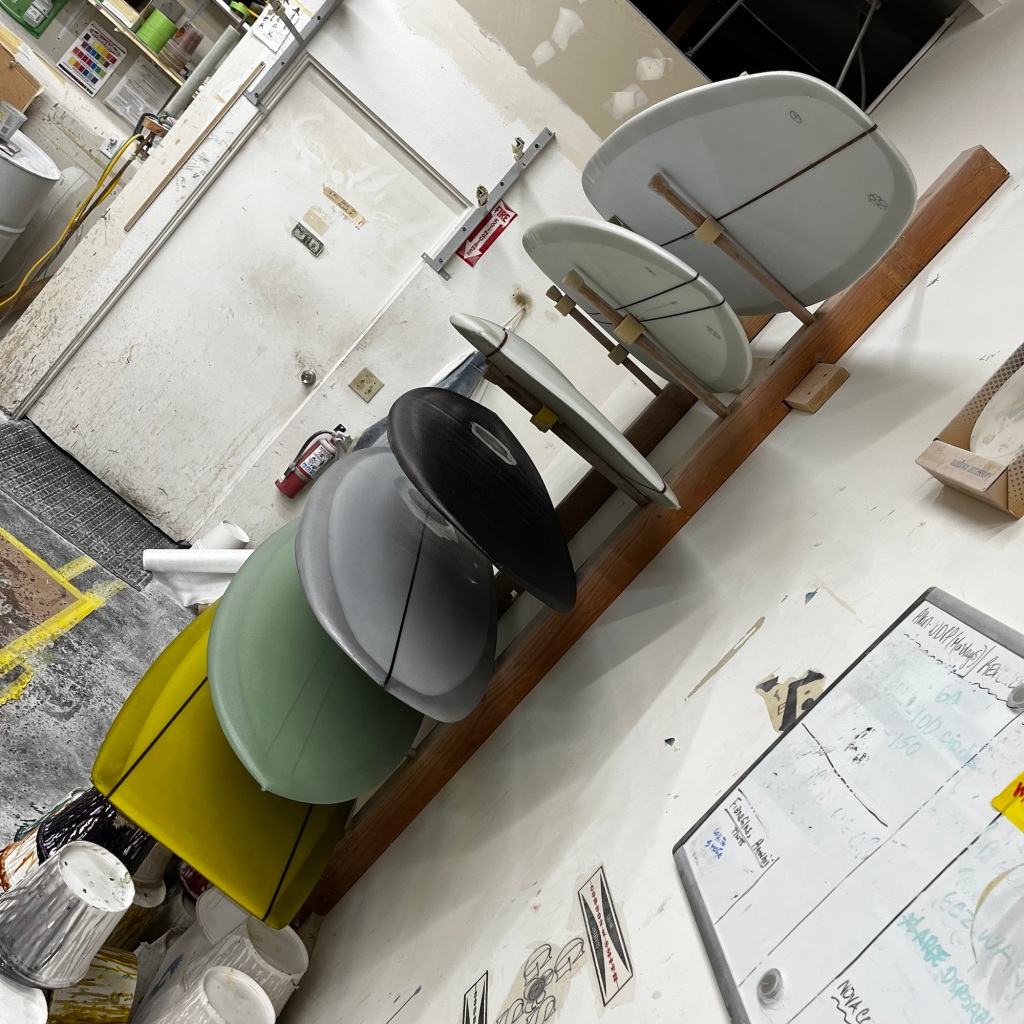
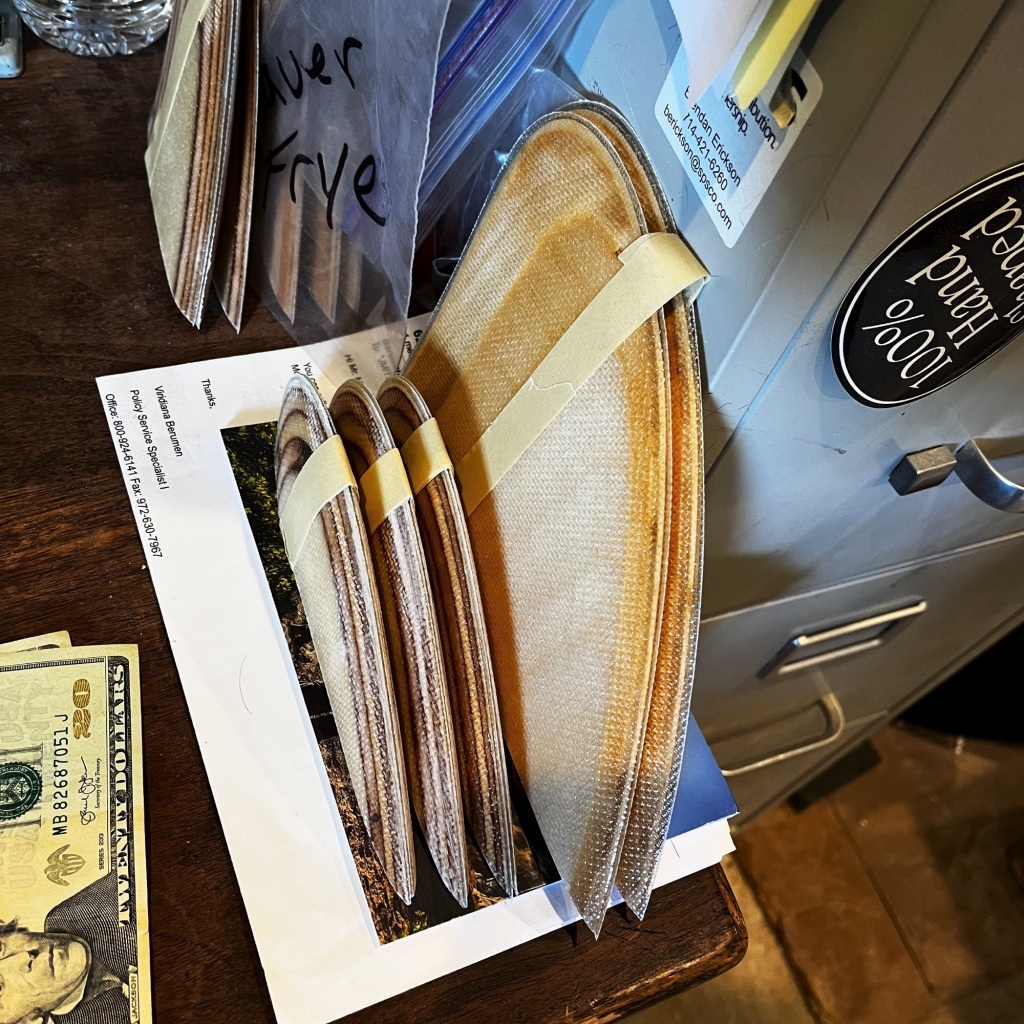
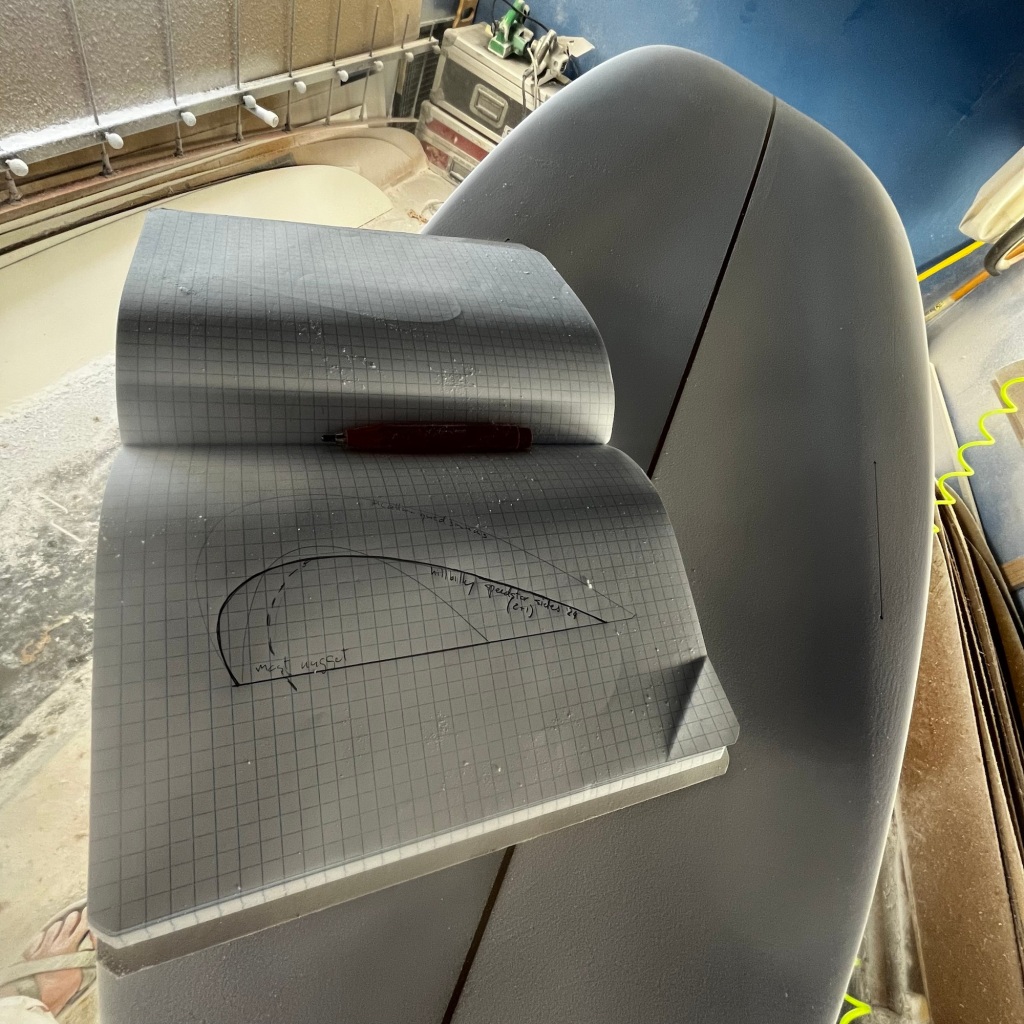
mast HPH (hydrodynamic planing hull)
It was at one of the very first Sacred Craft Shows, now billed as the Boardroom Show, that I got eyeballs and hands on a Joe Bauguess mini-Simmons. Maybe it was Casper, not sure, but I can remember asking the guy in the booth if it actually worked. “Oh yeah!” was his response. I was thoroughly intrigued. It was so not smooth, not sleek, not sexy. How could it be that it worked as well as the guy said? Well, science, that’s how. I had done some reading on Bob Simmons and even a bit on Lindsay Lord, the author of “Naval Architecture of Planing Hulls”, the book Simmons was know to reference and study in his quest to produce a better surfboard in the late ‘40s/early ‘50s. I dove back into researching as much as I could find about Bob Simmons and his boards, and eventually read through the pertinent parts of Lord’s book.
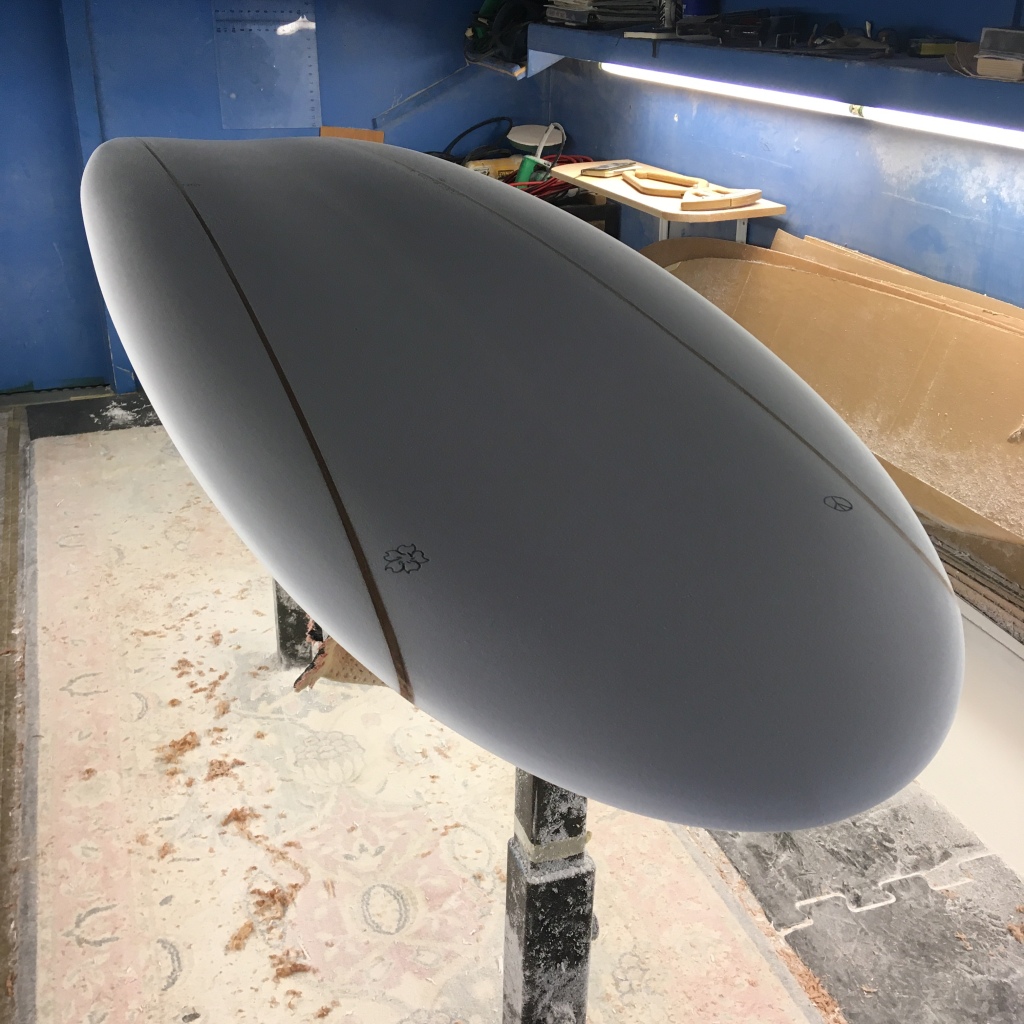
While the mini-Simmons I saw looked to me like a traditional(ish) plan shape, the rails and bottom seemed more modern. After seeing a photo of a beautiful full length Simmons, with the incredible amount of belly forward and deep single concave throughout, I decided to try a board with more traditional (to Simmons) bottom and rail contours, in a mid size that someone of my age and surfing ability might actually be able to surf. I basically took the front end of one of my earliest templates, a 7’6” fun shape, cut the tail off, and did minimal adjustments. The once center wide point became the hips, decidedly aft of center. The tail block, which I have since arced a bit, is roughly 16”.
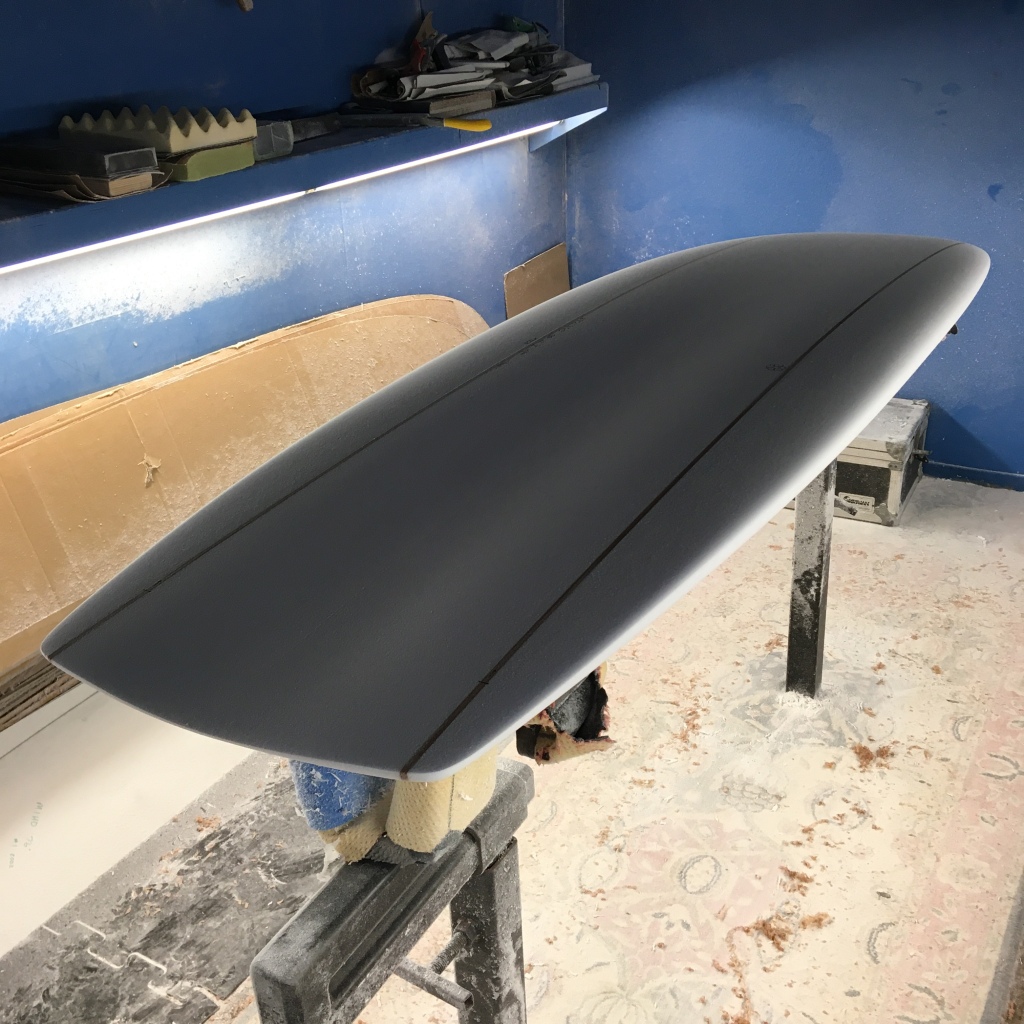
The Lindsay Lord book gives a great description of the theory and tested reality of the design elements of the most efficient planing hull (on smooth water). The belly forward provides primary lift and displacement. The water then has no choice but to follow the smooth contours around the belly and to a significant extent, into the single concave, providing secondary lift. It is then coerced into flowing on out the back. The keels provide added directional stability. It all gets a little wanky when you consider the less than parallel water flow across the bottom of a board actually going down the line on a wave, but it all still works splendidly.
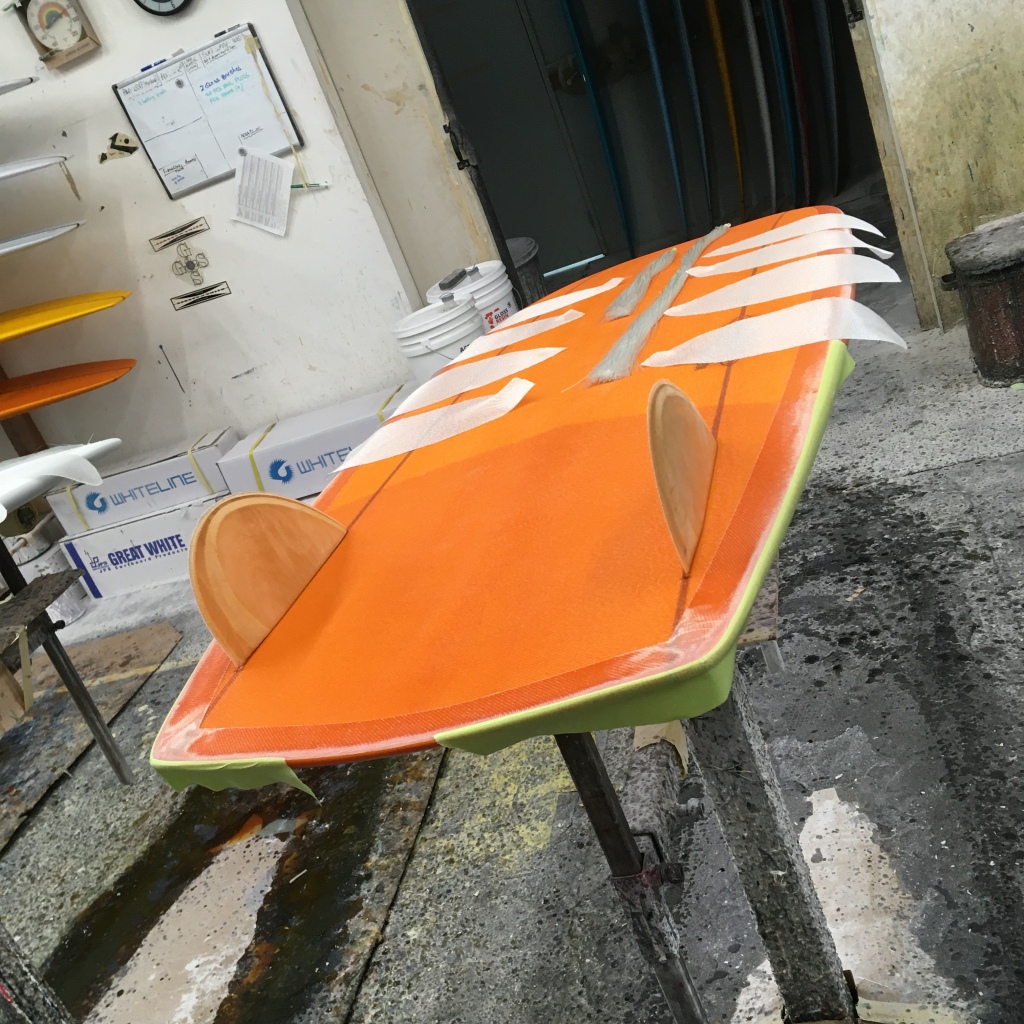
My first HPH (hydrodynamic planing hull; aka the thumb, aka mid-Simmons, aka lima bean), came in at roughly 6’7”x22 1/2”x2 3/4”. To my surprise, it was incredibly easy to surf. While you could not glide into soft wave on the outside like a longboard, it totally kept up with boards up to eight-something feet long. There’s a lot of foam in that tail, and it picks up small to mid-size waves nicely. So many people that I let try it ordered one, so it became one of my regular model threads. It evolved into two threads; a “speedster” version with slightly subdued contours, and the more original “lima bean” curvy original. Interestingly, the original, while feeling extra fast and dynamic in small surf, ended up having a speed limit, I believe dictated by the extent of the contours (and there is a LOT of curve in the bottom). The speedster version, with its milder contours and edgier rails, had the same dynamics, but it spread them over a longer distance/arc. The speed limit was raised considerably while retaining the fundamental character of the design, which to me was that if you stepped forward, it acted like a hull, but you could still step back and surf from the tail in the manner of a fish. When you pressed your weight down on the deck a the bottom turn, you could actually feel the water flowing out the back, accelerating.
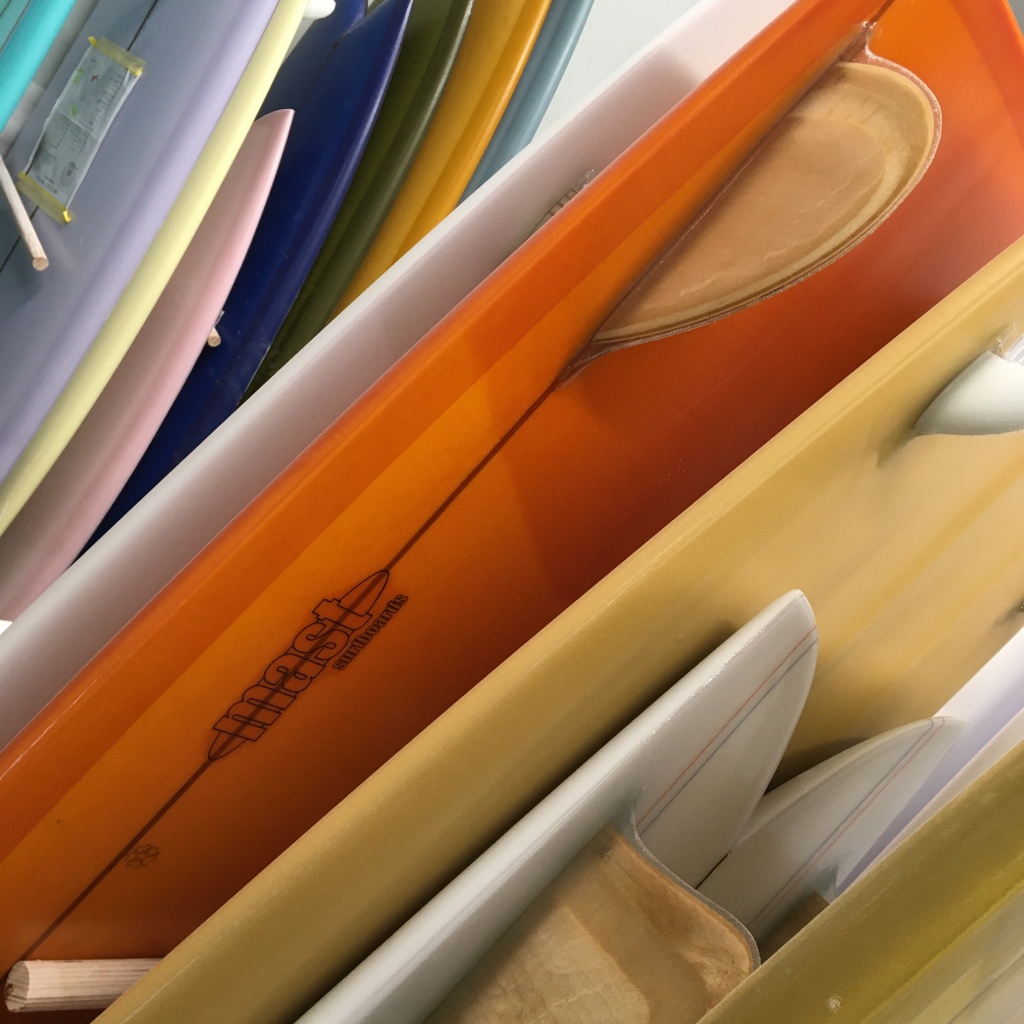
Over the years I have done them down to about 6’0”, and as long as 10’, but I really like the mid length. It just surfs way longer than its length would indicate. A good friend of mine, who typically surfed ten foot noseriders and longer Fryes, gave it a go one morning. He was close to my age (fifty something at the time), shorter and significantly heavier than me. He truly did not hold out a lot of hope for it, but popped up on his first attempt. At 6’07” it was the shortest board he had ever successfully ridden and was stoked out of his mind.
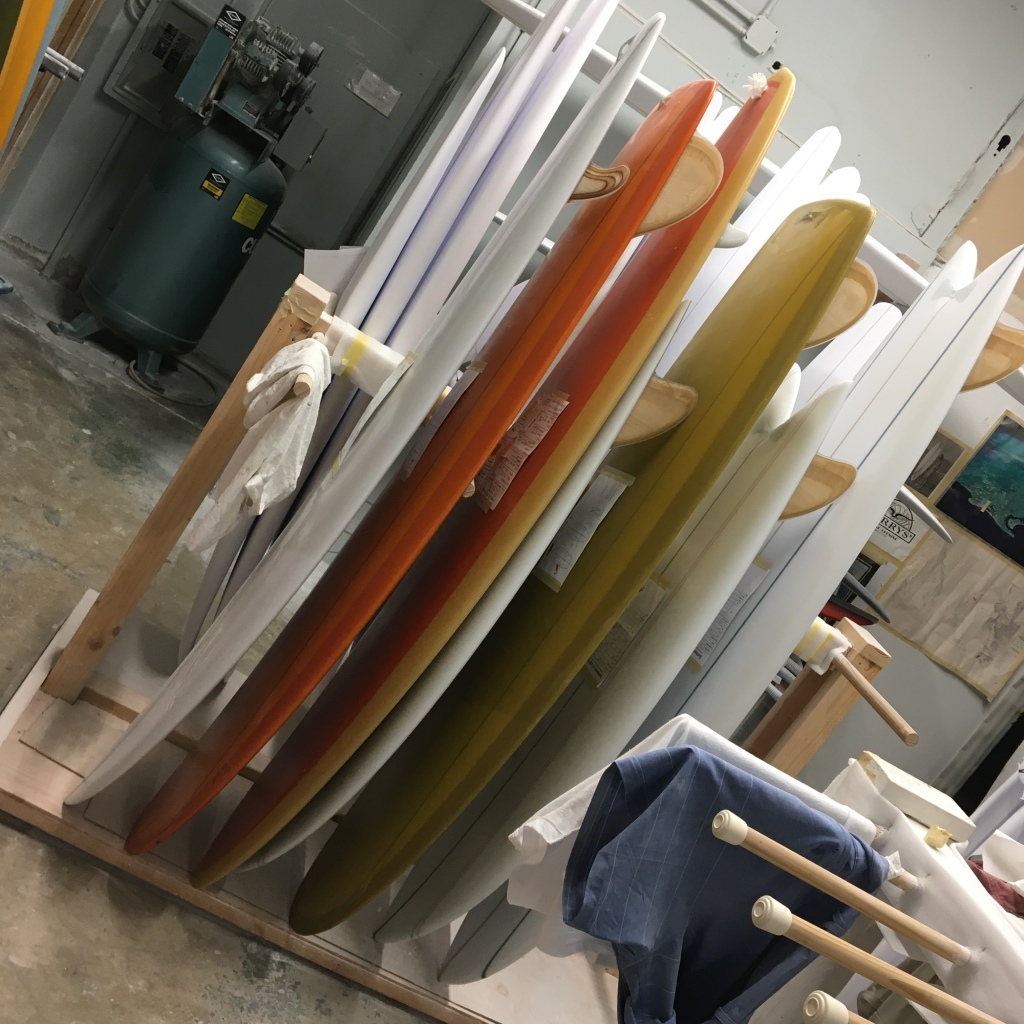
I success of my version entirely to my adherence to the original Lords concept. It just flat out works, even if my mid-size version does stretch the original length to width ratio a bit. The amount of planing surface/foam in the tail keeps it up and on plane even in the most gutless surf, although the same attribute can make it a bit of a handful in surf much overhead. That’s my comfort range anyway.
I you catch me at the beach, hit me up. If I have one with me, you are more than welcome to give it a go. It might surprise you.
working at the factory now:
7’2″ HPH speedster (hydrodynamic planing hull/Simmons), done in 6oz volan, with Calvani/Bing keels
9’1″ EDB (every day board), done in 6oz volan with a single box
and for my own enjoyment and education a mildly asymmetric HPH at 6’8″ (plus or minus) with Mitsven keels and a special “fatigued” resin job by Bing/Adam
contact me for availability and prices, or look for them at Surfindian when they’re ready.